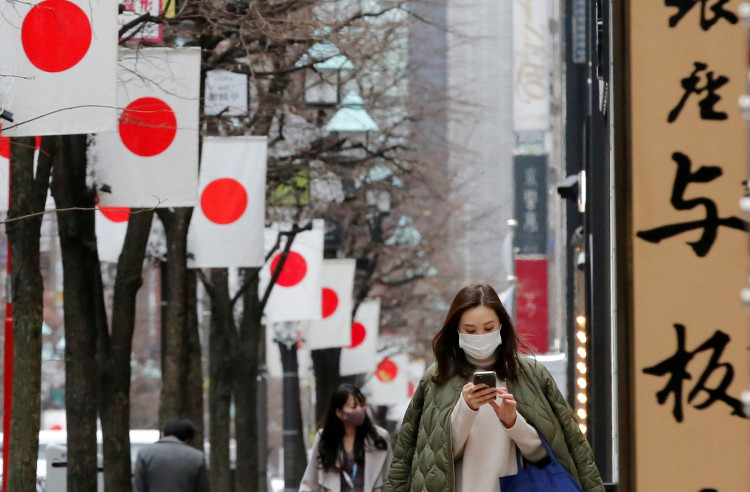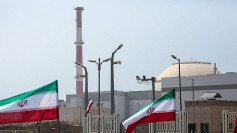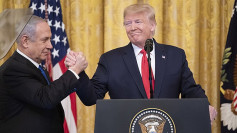A professor in Japan has found declassified military documents confirming the whereabouts of the remains of Japan's wartime prime minister.
The documents say the remains of Hideki Tojo were scattered over the Pacific Ocean after he was executed for war crimes.
Hiroaki Takazawa - a lecturer at Tokyo's Nihon University - discovered the declassified documents at the U.S. National Archives in Washington D.C. In a document dated Dec. 23, 1948, a U.S. Army major confirmed he had scattered Tojo's ashes.
"I certify that I received the remains, supervised cremation and personally scattered the ashes of the following executed war criminals at sea from an Eighth Army liaison plane," U.S. Army Maj. Luther Frierson wrote in the document.
Tojo and six other Japan officials were charged with war crimes and executed in 1948. Tojo was credited with leading the nation's attack on Pearl Harbor in 1941. Supporters of the World War Two prime minister have been attempting to locate his remains for years and bury him as a martyr.
In several other documents, Maj. Frierson recounted his experience, including how he had witnessed the execution of the seven. He described how the ashes of those executed were placed in separate urns and then flown to Japan.
Maj. Frierson said he dropped the ashes in the ocean from a plane "approximately 30 miles (48 kilometers) over the Pacific Ocean east of Yokohama." He said "special care" was taken to clear out the men's remains from the ovens to ensure that they gathered "even the smallest particles of remains."
Takazawa said the U.S. wanted to make sure none of Tojo's supporters would find his remains. Despite their efforts, local supporters still enshrined the men that were executed on that day and those that died in the war at Japan's Yasukuni Shrine.
"In addition to their attempt to prevent the remains from being glorified, I think the U.S. military was adamant about not letting the remains return to Japanese territory...as an ultimate humiliation," Takazawa said.
The Shinto shrine is an important if disputed monument in Japan. Conservative politicians tout it as a symbol of patriotism while others criticize it for glorying the nation's militaristic past.






